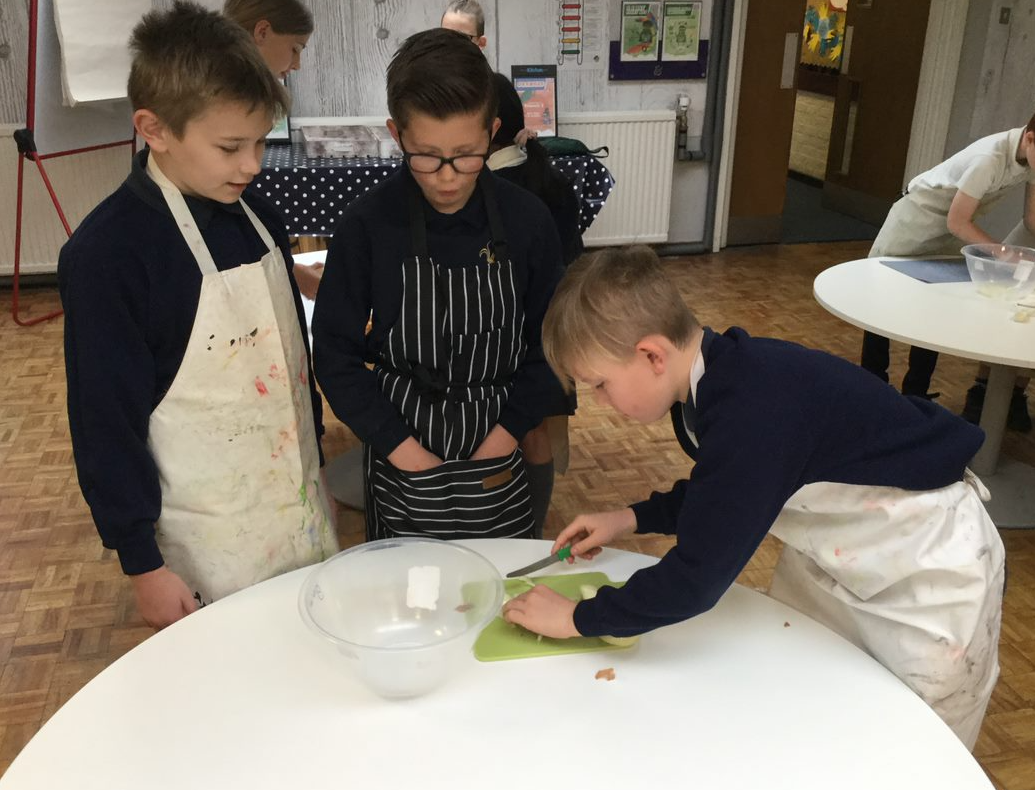Design Technology
|
Why is DT important? |
|||
|
Our DT curriculum provides pupils with the technical knowledge to design, make and evaluate technical, construction, textile, and food products. This knowledge enables pupils to create a range of functional and appealing products within a range of relevant contexts for identified audiences. |
|||
|
How is organised? |
|||
| Technical | Construction | Textile | Food |
|
Knowledge of moving parts and electrical components |
Knowledge of cutting, joining and strengthening techniques |
Knowledge of different materials, and sewing and weaving techniques. |
Knowledge of food hygiene, nutrition, healthy eating, seasonality, affordability and cook techniques. |
|
What is taught and in what order? |
|||
| Technical | Construction | Textile | Food |
|
Pinwheels (axel) - Yr1 Moving Pictures (levers and linkages)* -Yr3 Games with Electrical Components (series circuits, switches, buzzers, bulbs, motors)* - Yr4 Propelled Boats* (rubber bands – motion) - Yr5 |
Viking carts (wheel and axel)* - Yr2 Morrison Shelters* (cutting and joining wood, strengthen corners) - Yr 6 |
Junk Modelling -EYFS Roman Shields* - Yr1 Weaving Recycled Materials - Yr2 Hand Puppets - Yr3 African Batik - Yr4 Woven Bag - Yr 5 Eco Fashion - Yr6
|
Tasting Healthy Food - EYFS Healthy Wraps (grate, slice, chop) - Yr1 Soup (chop, peel) - Yr2 Pizza and Dough (grate, slice, chop, knead) - Yr3 Potatoes (grate, slice, chop, peel, mash) - Yr4 Indian Food (grate, slice, chop, peel, knead, mash) - Yr5 |
| * denotes a unit which links two or more strands. | |||
|
What will this include? What will I see in a lesson? |
|||
|
Designing
Making
Evaluating
Technical Knowledge
|
|||


